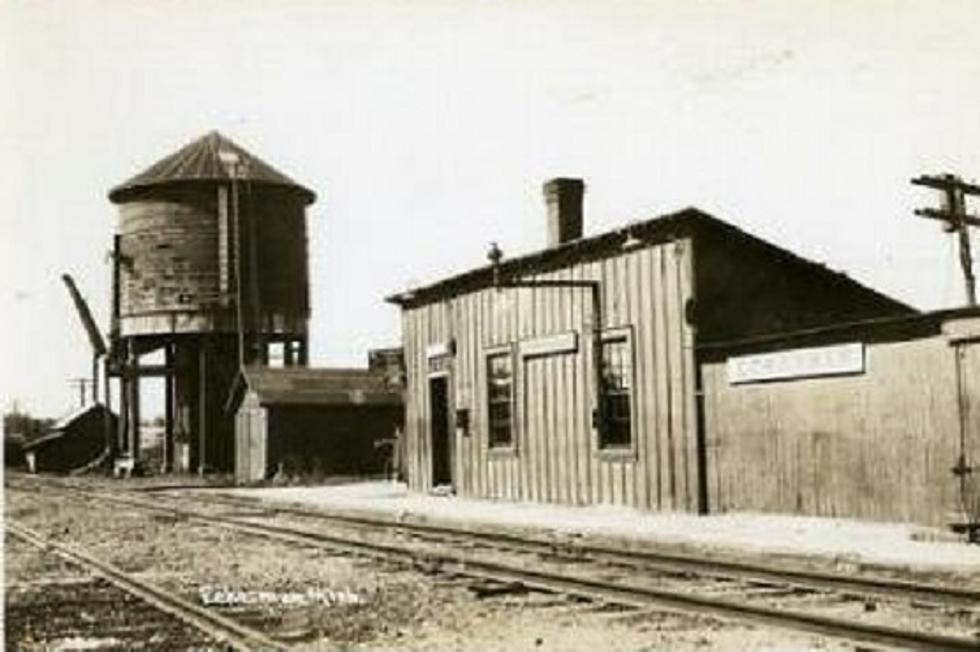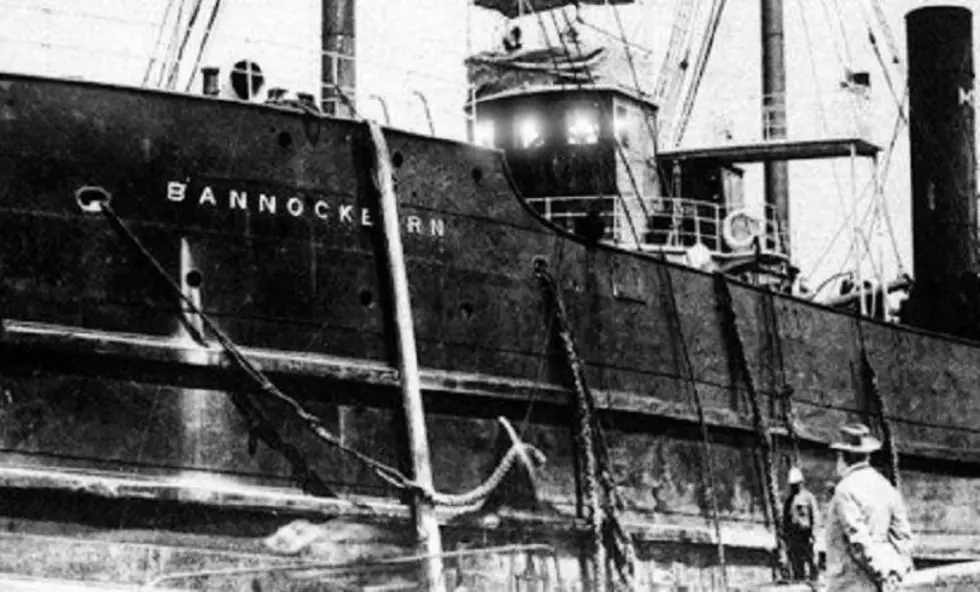
Fun Roadtrip: Visit M-28’s Old Railroad Stops: Upper Peninsula, Michigan
In the Upper Peninsula, beginning in Sault Ste. Marie and heading west down M-28, there were many little towns that existed. Some made it, some didn’t.
Traveling east-west for 32 miles on M-28 across Chippewa County beginning at Brimley, you’d pass through Dorgan’s Crossing, Wellsburg, Wellers, Raco, Rexford, Strongs, Eckerman, Seewhy, and end up at Hulbert. This little route would make an awesome roadtrip, as you’ll go through these former lumber towns which contain many, many old original buildings…some of these towns have completely vanished.
Here's the route and the towns you'll come across, in order:
Brimley was founded in 1872 as a station on the Duluth, South Shore & Atlantic Railroad. The town was platted in 1887 and given a post office in 1888 under the name “Superior”. There was already a railway station in Minnesota with that name, so it was necessary to change it…it became ‘Brimley’ in 1896, named after a postal officer.
Dorgan’s Crossing is 14 miles west of Sault Ste. Marie. The Edgett & McDonald Company built a sawmill here that ended up burning down in August, 1889.
Wellsburg was created in 1872 as a station on the Duluth, South Shore & Atlantic Railroad. Edward Guck was the first postmaster, beginning in 1889. The post office closed for good in 1909.
Wellers was along the Duluth, South Shore & Atlantic Soo Branch, 21 miles west of Sault Ste. Marie. By 1902 it had a sawmill.
Raco is 8 miles southwest of Brimley, named after the Richardson & Avery Company, which settled the town once it built a sawmill in 1913. Raco is well-known for the Raco Army Airfield, which opened in the 1930’s to protect the Soo Locks. It has been closed since 1972.
Rexford was a station on the Duluth, South Shore & Atlantic Railroad. Rexford was famous for its blueberries in the 1920’s…so much so, that it was necessary for a ‘tent city’ which housed over 100 tents for blueberry pickers.
Strongs was originally a logging siding when a shingle mill was built in 1899. In 1935, the rails were abandoned and the logging company switched to delivery trucks. The logging locomotives were then stored at this branch of the railroad in Strongs.
Eckerman is an unincorporated community, settled in 1889 by loggers and lumbermen. In 1924, the Sheldon Company railroad began transporting lumber. In 1925 the company’s sawmill burned down, leaving operations on hold ‘til it was rebuilt. In the early 1930's, Sheldon discontinued its rail service, switching to trucks. The sawmill burned down again in 1942 and rebuilt a second time. In July 1958, the mill closed down for good.
Seewhy lies all alone, along the old, former railroad. At one time, Seewhy had a general store and sawmill. Why was the town called “Seewhy”? It was named for founder, C.Y. Bennett, who named it after himself in a moment of grandeur. A post office squeezed in during 1915 but it closed for good in 1927 when the timber depleted and the townsfolk split for more prosperous locations. No road leads to Seewhy...just a dusty trail that was once the railroad.
The unincorporated community of Hulbert lies 1½ miles north of M-28 along the old Duluth, South Shore & Atlantic Railroad. It was named after Francis Hulbert, who arrived in 1872 looking for a good place to start a lumber trade. In 1919 the town was reeling from the depleted lumber trade; it made a comeback that same year when a wooden ware plant was built.
This little 32-mile jaunt would make a cool upper Michigan roadtrip, with plenty of history and photo ops. Make a note of it and plan something soon!
Vintage Photos of Mackinaw City
Abandoned Stone Building in Bay Shore
Abandoned Calumet Radar Base
The Michigan Thumb Town of Brown City
Abandoned Deer Acres Fun Park
More From 99.1 WFMK









